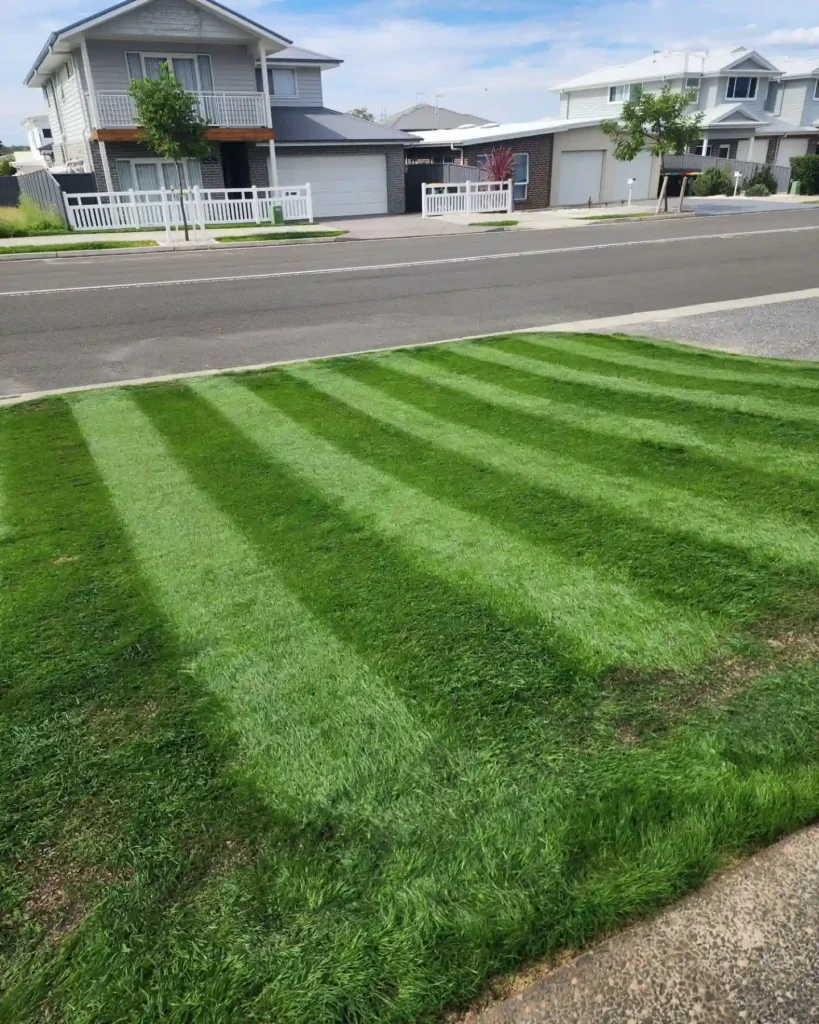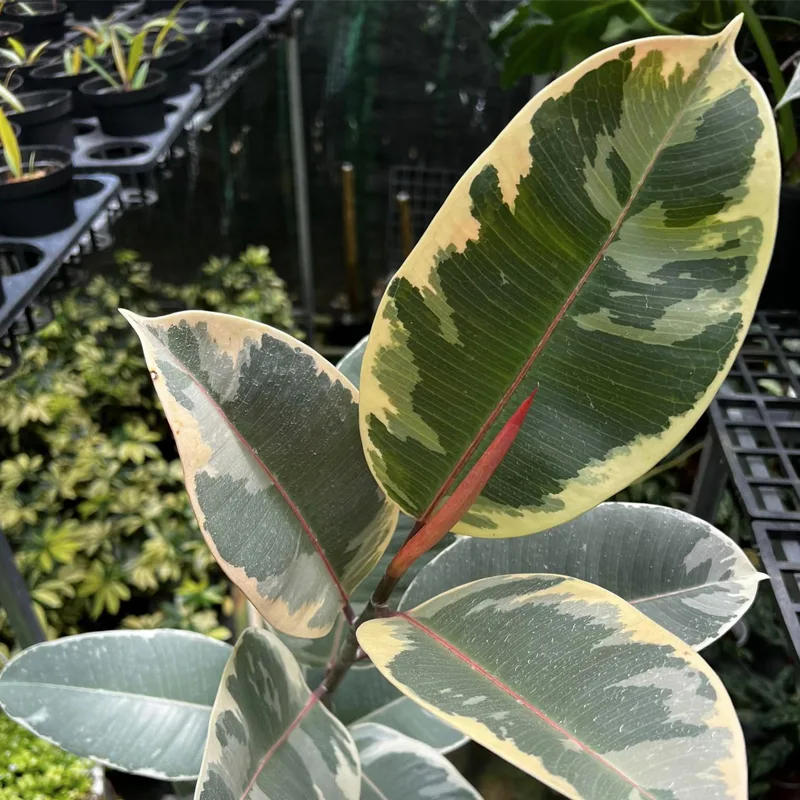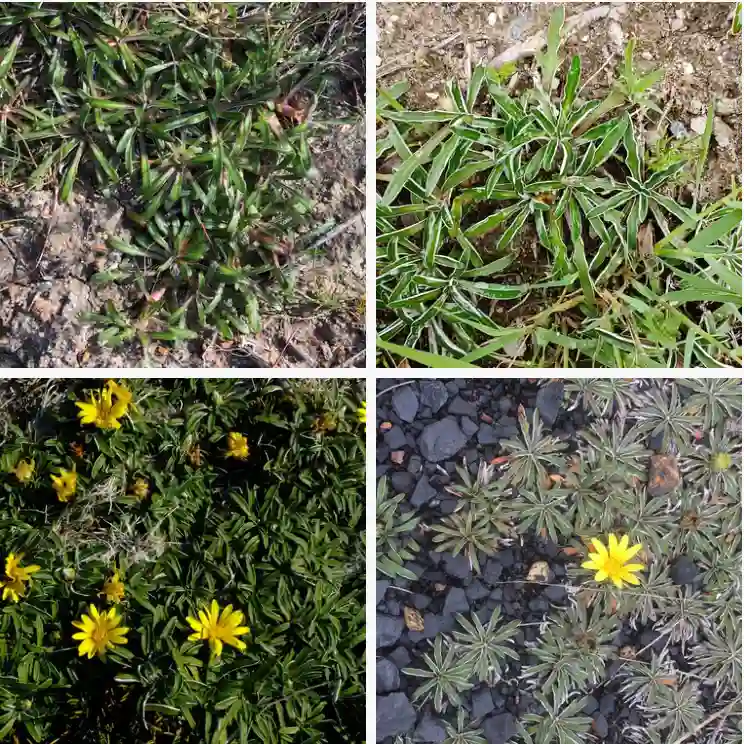What Is Maranta Arundinacea?
Maranta Arundinacea, commonly known as Arrowroot, is a tropical plant native to the Caribbean and parts of South America. It’s renowned for its edible rhizomes, which have been used for centuries in various cultures as a food source and medicinal remedy. The plant typically grows about 2 to 3 feet tall and features large, glossy leaves that can add a touch of lush greenery to your indoor or outdoor garden.
51 Species in Genus Maranta
What Is Maranta Arundinacea Root Powder?
Maranta Arundinacea root powder is derived from the rhizomes of the Arrowroot plant. This fine, white powder is prized for its culinary and medicinal uses. In cooking, it’s often used as a thickening agent, especially in soups, sauces, and gravies, due to its neutral flavor and smooth texture. Additionally, it’s used in various medicinal applications, including soothing digestive issues and aiding in hydration. The powder is easily digestible and is often included in baby foods and gluten-free recipes.
Maranta Arundinacea vs Manihot
When comparing Maranta Arundinacea to Manihot, it’s essential to recognize that these two plants, while similar in some respects, serve different purposes. Manihot, commonly known as Cassava or Yuca, is another root vegetable widely used in tropical regions. Unlike Arrowroot, Cassava is often processed into flour and used in a range of baked goods and other dishes.
In terms of nutrition, both roots offer unique benefits. Maranta Arundinacea root powder is generally easier on the digestive system and is preferred for its mild taste and thickening properties. On the other hand, Cassava is higher in carbohydrates and provides more substantial energy, but it can contain toxins if not properly processed.
How to Care for Maranta Arundinacea?
Caring for Maranta Arundinacea is relatively straightforward. This plant thrives in warm, humid conditions and prefers well-drained soil. It’s best grown in partial shade or indirect light to prevent leaf scorching. Regular watering is essential, but make sure the soil is not waterlogged. Arrowroot also benefits from high humidity, so consider misting the plant or placing it near a humidifier.
How to Propagate Maranta Arundinacea?
Propagating Maranta Arundinacea is usually done through rhizome division. To propagate, carefully dig up the rhizomes, making sure each piece has at least one eye or bud. Replant these pieces in well-drained soil, and keep them in a warm, humid environment until they establish roots. This method ensures that new plants are true to the parent plant and can quickly grow into healthy specimens.
What to Plant With Maranta Arundinacea?
Maranta Arundinacea pairs well with a variety of other plants in both indoor and outdoor settings. In outdoor gardens, it can be grown alongside other tropical plants like Philodendrons or Bromeliads, which have similar care requirements. Indoors, Arrowroot makes a good companion to other houseplants that thrive in low to moderate light conditions, such as Peace Lilies or Snake Plants.
Can You Grow Maranta Arundinacea Indoors?
Yes, you can grow Maranta Arundinacea indoors. It’s a popular choice for indoor gardens due to its attractive foliage and manageable size. Ensure it receives indirect light and maintain a warm, humid environment to replicate its natural habitat. Indoor growth may be slower compared to outdoor conditions, but with the right care, Arrowroot can thrive and add a touch of tropical charm to your home.
Is Maranta Arundinacea Toxic?
Maranta Arundinacea is non-toxic to humans and pets. It’s safe to grow around children and animals, making it an excellent choice for both indoor and outdoor settings. However, as with any plant, it’s a good idea to avoid ingestion of large quantities of the plant material to prevent any potential digestive discomfort.
Benefits of Maranta Arundinacea
The benefits of Maranta Arundinacea are numerous. Its root powder is a gentle digestive aid, ideal for soothing an upset stomach. It’s also beneficial for hydration due to its easy digestibility. Additionally, the plant itself can improve indoor air quality and add a lush, decorative touch to any space.
Common Problems with Maranta Arundinacea
Common issues with Maranta Arundinacea include pests like spider mites and mealybugs, which can affect the plant’s health. To combat these pests, regularly inspect the plant and treat it with appropriate insecticides or natural remedies. Another problem is root rot, which occurs if the soil is too wet. Ensure proper drainage and avoid overwatering to prevent this issue.
Compare with Other Similar Plants
When compared to similar plants like Cassava (Manihot), Maranta Arundinacea offers distinct advantages in culinary uses, especially as a thickening agent. While Cassava is more carbohydrate-dense and requires careful processing, Arrowroot provides a more straightforward, digestible option for thickening and dietary needs.
Overall, Maranta Arundinacea is a versatile and beneficial plant with a range of uses and a relatively low maintenance profile. Whether you’re growing it for its aesthetic value or its practical applications, Arrowroot is a worthy addition to any garden or home.
If i die, water my plants!



